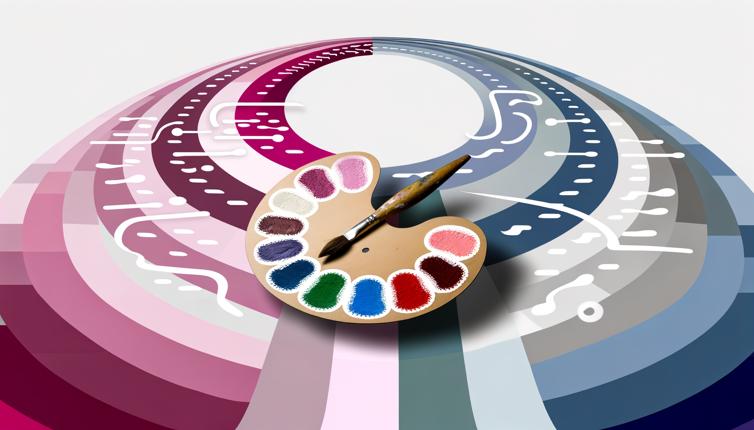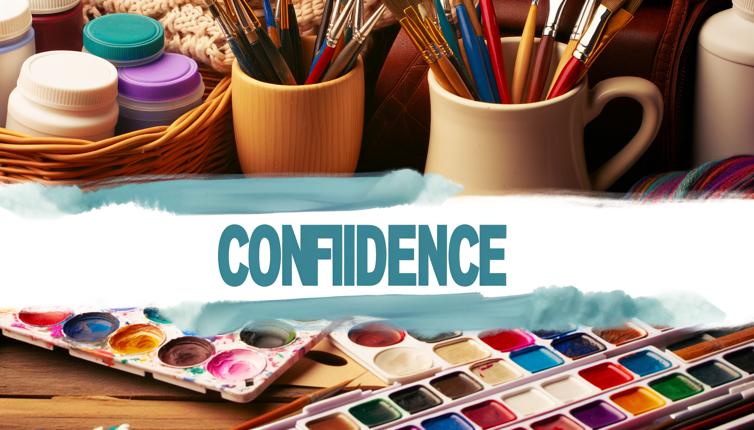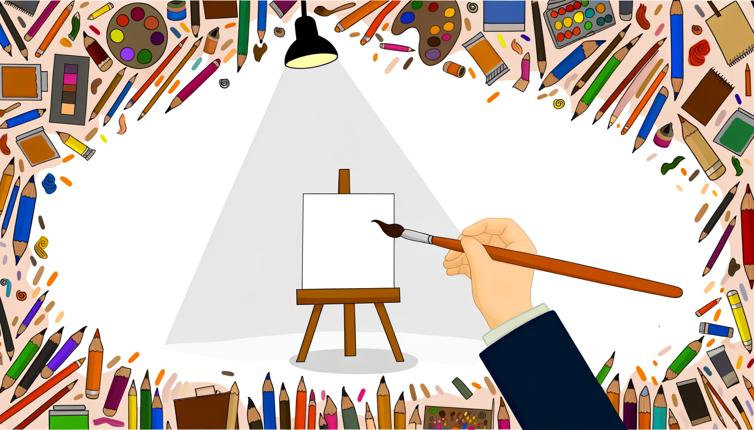Understanding the Importance of Backgrounds
The background serves as the foundation for your artwork.,It provides context and creates a sense of depth and space.,The colors, textures, and patterns of the background can evoke different emotions and convey specific messages.,A well-chosen background can enhance the overall composition and draw the viewer's attention to the main subject.
Consider the Subject and Style
The choice of background should complement the subject and the art style.,For example, a minimalistic subject may benefit from a clean and simple background, while a detailed and complex subject may require a more intricate and textured background.,Consider the color scheme of the subject and choose a background color that harmonizes or provides contrast.,Experiment with different materials, such as canvas, paper, or wood, to achieve the desired effect.
Experiment with Different Background Techniques
There are various techniques and mediums that can be used to create interesting backgrounds.,Painting: Use brushes, sponges, or palette knives to apply acrylic or oil paints in bold strokes or delicate washes.,Collage: Tear or cut pieces of paper, fabric, or photographs and glue them onto the surface for a textured and layered effect.,Texture: Apply gesso, modeling paste, or other textured mediums to create a three-dimensional surface.,Digital: Utilize digital tools and software to create unique and customizable backgrounds.,Don't be afraid to experiment and combine different techniques to achieve the desired result.
Conclusion
The background is an essential element in fine art, and selecting the right base can enhance the overall impact of your artwork. Consider the subject, style, and techniques that best convey your artistic vision. Remember to experiment and explore different options to find the perfect background that complements and elevates your fine art.









